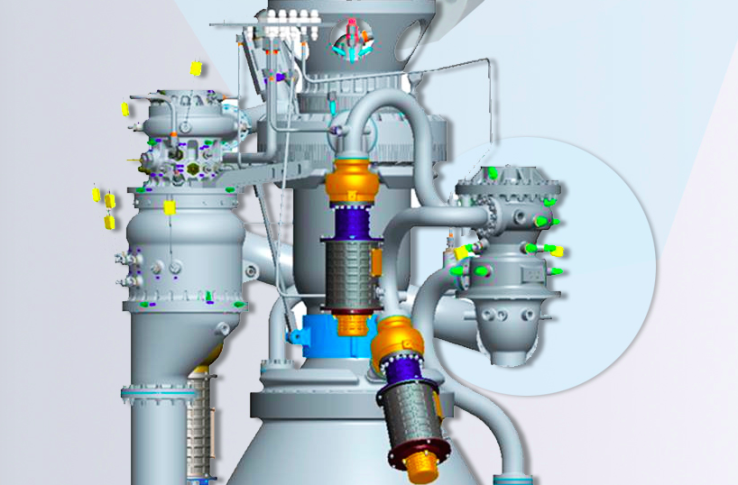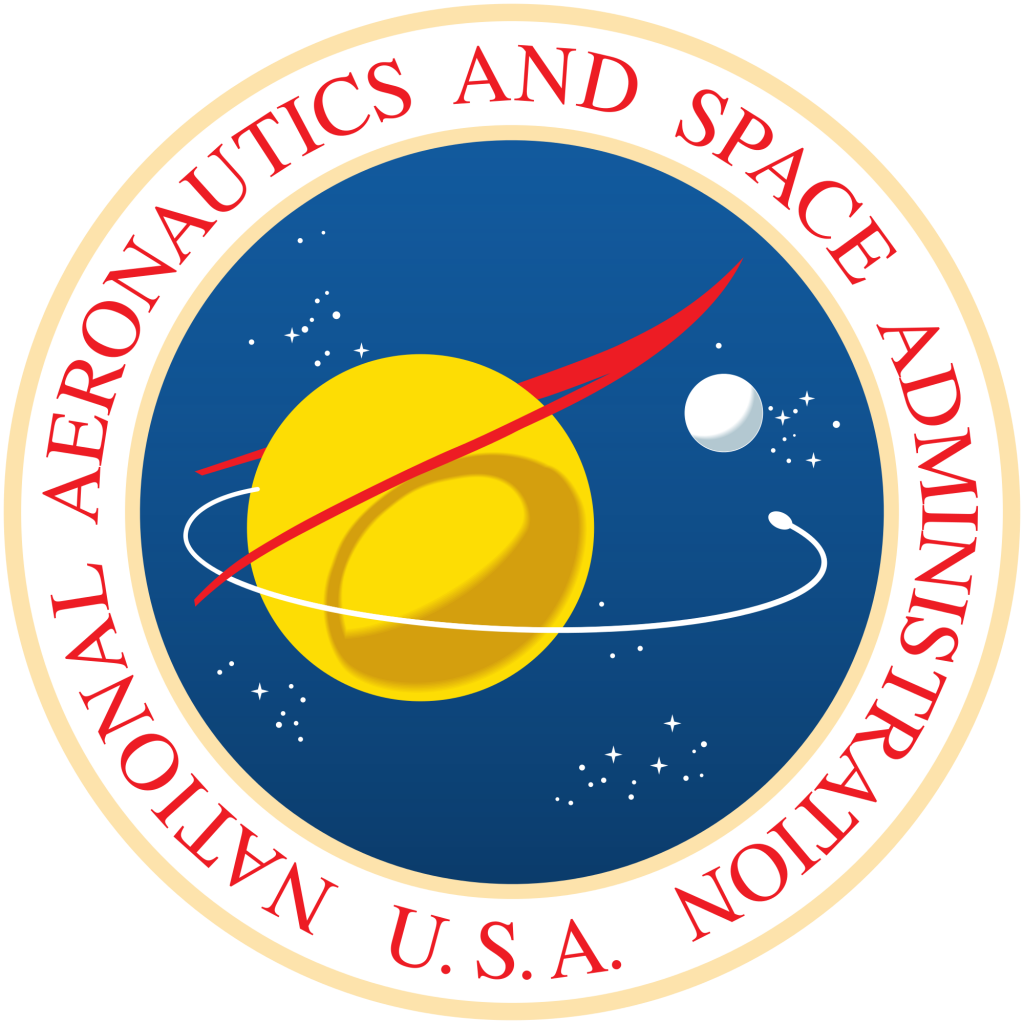We’ve all heard the phrase, “it’s not rocket science” to indicate something that isn’t particularly difficult to figure out. And you may have been told that 3D printing “isn’t rocket science” either, but sometimes it quite literally is. In this case it’s 3D printing that took place as part of the ultimate space agency and last word in rocket science: NASA. For their most recent foray into space based awesomeness, they have created a 3D printed turbopump. Now, I have to admit I did not know exactly (or even vaguely, actually) what a turbopump does. I, after all, do not generally engage in rocket science. However, the folks at NASA have a very good idea what one is and I take their word for it:
“is a propellant pump with two main components: a rotodynamic pump and a driving gas turbine, usually both mounted on the same shaft, or sometimes geared together. The purpose of a turbopump is to produce a high pressure fluid for feeding a combustion chamber or other use.”
 What that means is that it is one of the primary reasons why the rocket ships actually rocket. This doesn’t just add to the cool cache that was already held by 3D printing, it also serves to save time and money. This particular pump was able to be 3D printed with 45% fewer parts than pumps that are made using traditional methods.
What that means is that it is one of the primary reasons why the rocket ships actually rocket. This doesn’t just add to the cool cache that was already held by 3D printing, it also serves to save time and money. This particular pump was able to be 3D printed with 45% fewer parts than pumps that are made using traditional methods.
Now, this isn’t the kind of thing you can just casually toss off the block and hope that it works. Its creation took a total of two years, but if that seems like a lot, without the availability of 3D printing, it is estimated that it would have taken at least four. So, if you’re doing the math, that’s 55% fewer parts in 50% of the time…and that’s a pretty big improvement.
 The turbopump was subjected to a series of tests that would make the most extreme sport seem like wading in a kiddie pool. The fifteen tests were designed to simulate the stresses that the pump would experience when it became part of the rocket’s engine and were meant to recreate the conditions that 35,000 pounds of rocket thrust would place it under. Mary Beth Kolebl, the Deputy Manager of Marshall’s Propulsion System Department explained the reasons that NASA is interested in exploring 3D printing:
The turbopump was subjected to a series of tests that would make the most extreme sport seem like wading in a kiddie pool. The fifteen tests were designed to simulate the stresses that the pump would experience when it became part of the rocket’s engine and were meant to recreate the conditions that 35,000 pounds of rocket thrust would place it under. Mary Beth Kolebl, the Deputy Manager of Marshall’s Propulsion System Department explained the reasons that NASA is interested in exploring 3D printing:
“By testing this fuel pump and other rocket parts made with additive manufacturing, NASA aims to drive down the risks and costs associated with using an entirely new process to build rocket engines.”
Imagine that. Pretty soon they might be able to print a rocket ship and if the reduction in material and costs adds up to the savings they have seen with the turbopump there could be a lot more space exploration at a much smaller price tag. It probably won’t bring the price down enough where you and I will be able to afford tickets to the moon, but discounts are hard to come by in space travel.
Let us know your thoughts on NASA’s continued use of 3D Printing in the 3D Printed Turbopump forum thread on 3DPB.com.
Subscribe to Our Email Newsletter
Stay up-to-date on all the latest news from the 3D printing industry and receive information and offers from third party vendors.
Print Services
Upload your 3D Models and get them printed quickly and efficiently.
You May Also Like
Heating Up: 3D Systems’ Scott Green Discusses 3D Printing’s Potential in the Data Center Industry
The relentless rise of NVIDIA, the steadily increasing pledges of major private and public investments in national infrastructure projects around the world, and the general cultural obsession with AI have...
3DPOD 260: John Hart on VulcanForms, MIT, Desktop Metal and More
John Hart is a Professor at MIT; he´s also the director of the Laboratory for Manufacturing and Productivity as well as the director of the Center for Advanced Production Technologies....
Etsy Design Rule Change Reduces Selection of 3D Printed Goods
Online marketplace Etsy has implemented a rule change requiring all 3D printed goods on the site to be original designs. The update to the site’s Creativity Standards states, ¨Items produced using...
E-Beam OEM Wayland Additive Partners with USC Racing to 3D Print Titanium Exhaust Collector
Every year, standards organization SAE International holds a competition called Formula SAE, in which students from both undergraduate and graduate programs design, build, and race small formula-style race cars. For...

































